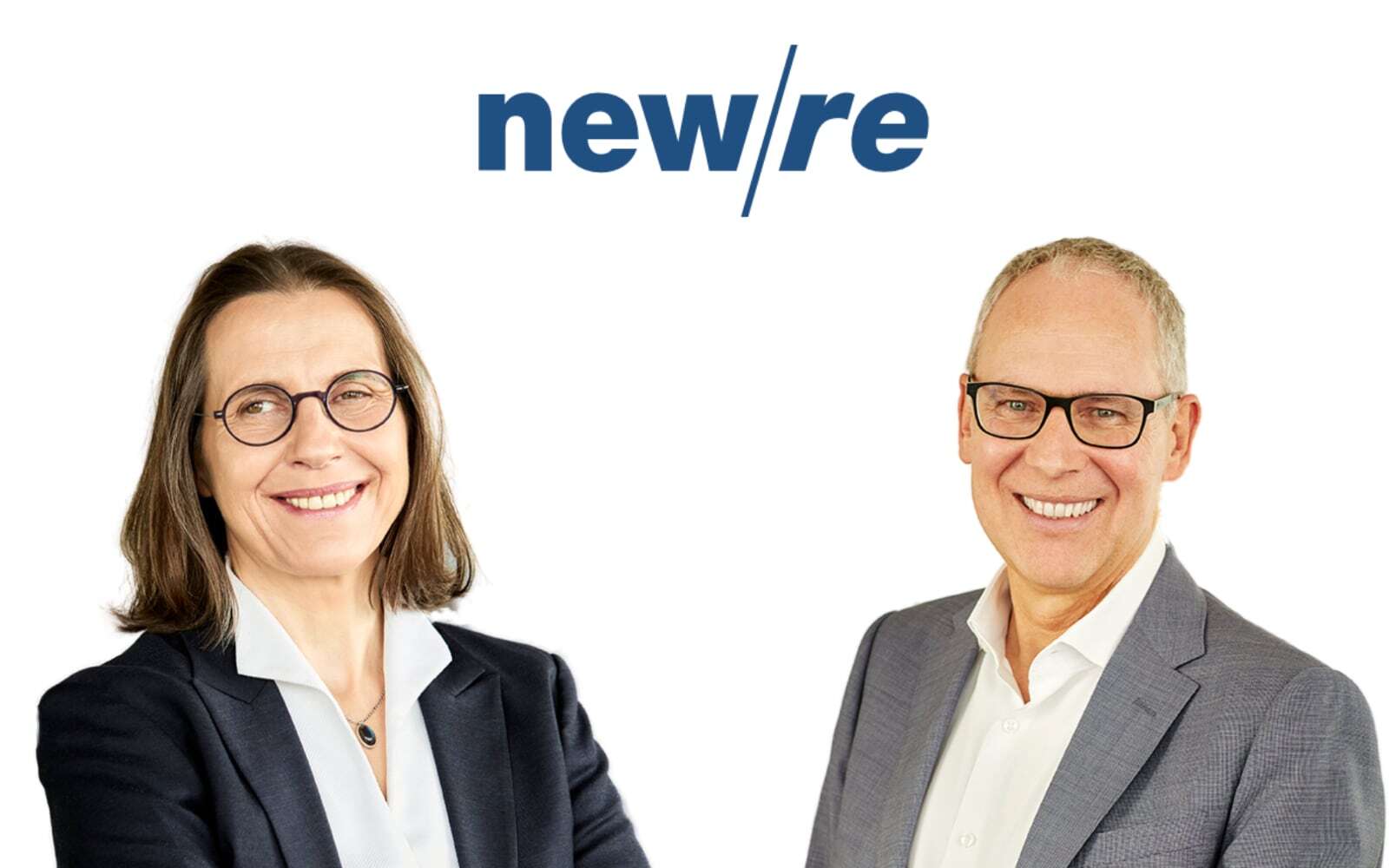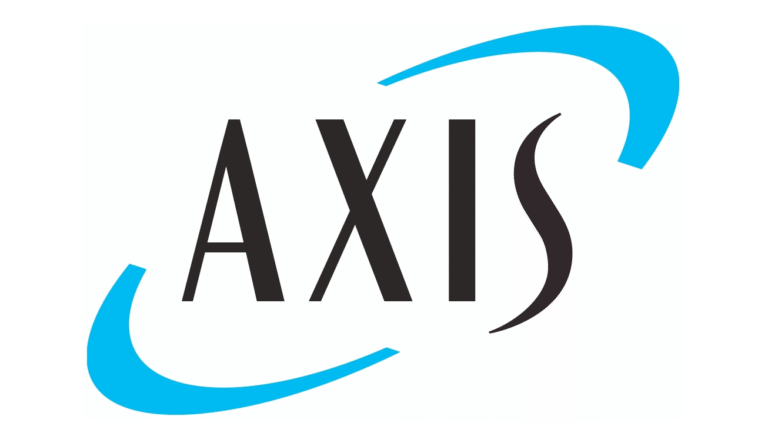
While broad shifts across the European casualty market are not expected, certain segments are experiencing the effects of key risk factors. Iris Urban, Chief Underwriting Officer P&C at NewRe, noted that developments such as claims inflation are driving loss costs, which need to be reflected in pricing, wording, and structures in specific areas.

Given the challenges surrounding casualty markets, Urban explained that several risk drivers are currently affecting both primary insurers and reinsurers and will continue to do so in the coming years.
“Ones to mention would be the so-called emerging risks like PFAS, Cyber, AI, Climate liability as well as US-exposure and tariffs, now sometimes referred to as “cross-border risks,” said Urban. “Additionally, claims inflation on various segments, like repair costs for cars, for example, medical costs, care costs and legal costs has become a significant driver.”
NewRe expects prices and terms and conditions to remain fairly stable for standard risks not particularly exposed to these drivers. However, for segments that are exposed, Urban expects these to influence pricing, wording and structures.
Urban added that NewRe has maintained a disciplined and consistent risk appetite in casualty over the years, staying true to its underwriting philosophy regardless of market cycles.
“This long-term consistency has been key to building strong relationships and delivering sustainable performance. While we have achieved steady growth across our casualty portfolio in recent years, our current focus is on consolidation, ensuring the quality of our existing book, and selective, profitable development where we see alignment with our strategy.
“Our core appetite remains in Personal Lines, General Liability, and Motor,” she said.
Braune added, “Overall, we are not applying top line growth targets at NewRe. The quality of our partnerships and business is key to our success.”
Shifting from casualty to the upcoming January 2026 property / property catastrophe renewals, which have a strong focus on European business, Braune stated that demand for nat cat capacity will continue to increase in line with original demand.
“It reflects the growing insured values and costs,” he explained. “In addition, regions with large losses from secondary perils and a high portion of uninsured properties are currently considering how to increase insurance densities. Consequently, this might trigger more need for cat capacity.”
Expanding on this, regarding European property cat programmes, and specifically retentions, Urban noted, “Where we stand in the renewal process currently, we do expect retentions to hold. Looking at the frequency of weather-related events, for example heavy rain, it is of importance that original rates reflect the increasing exposure for natural perils.”
In terms of property and property cat rates in Europe at 1.1, Braune emphasised that NewRe “takes a long-term view rather than merely from renewal to renewal. And so do many of our clients whom we have been partnering with for a long time.”
“With that in mind, we will look at the entire relationship we entertain with a client across the course of time and all lines of business. Furthermore, clients and brokers highly appreciate our technical expertise and approach. This also means that we would withdraw from a specific business if structures, prices and terms and conditions were not sustainable. Reinsurance cannot compensate for insufficient original premiums,” concluded Braune.





